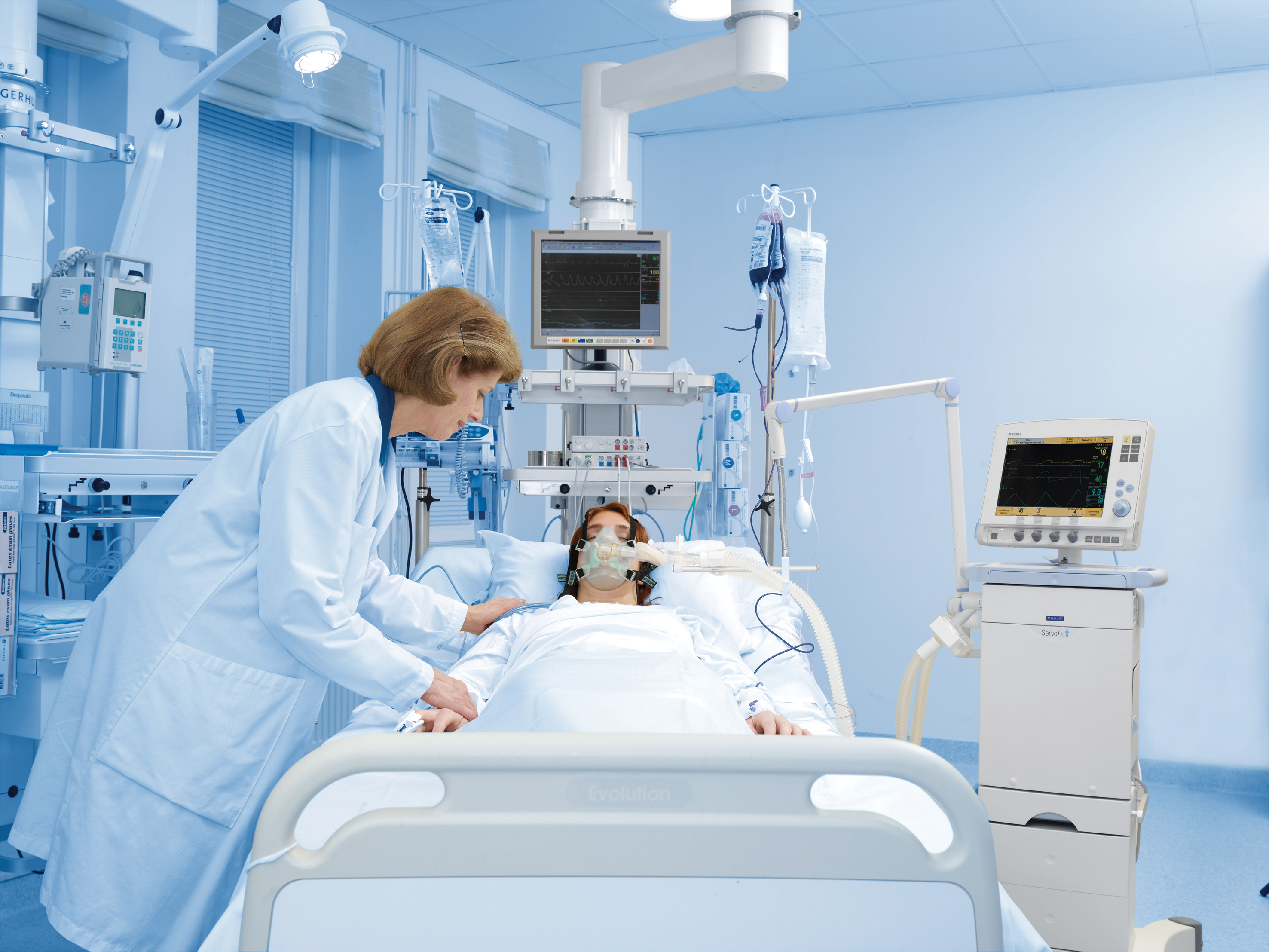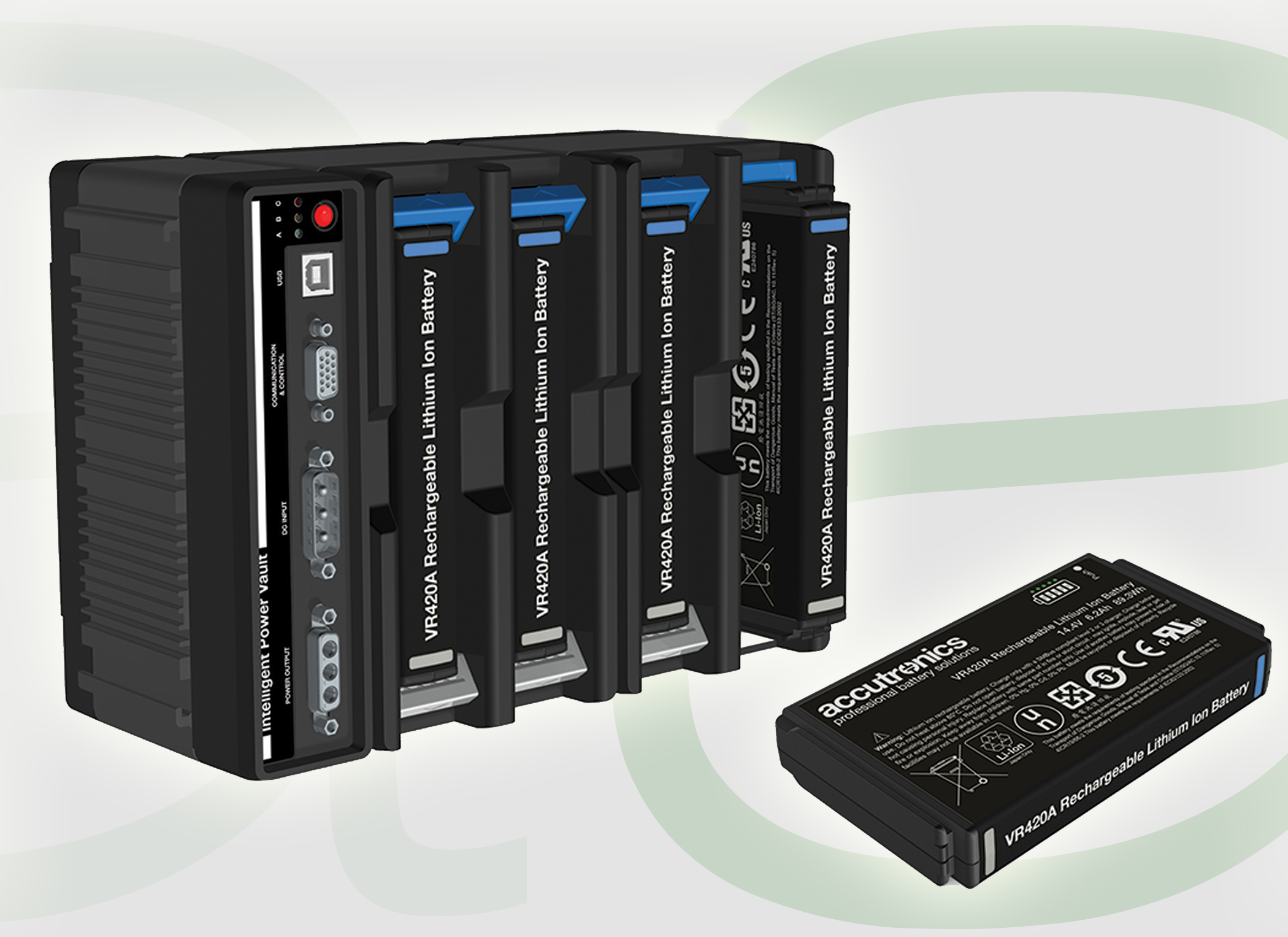Commentary contributed by Michele Windsor, Global Marketing Manager, Accutronics
In 1841, humans could expect to live to the ripe old age of 42 on average, depending on their gender. With significant improvements to medical knowledge and advancements in technology, this has now doubled and medical device manufacturers are under intense pressures to develop products for the aging population at a low cost, without jeopardizing quality.
Despite the economic recession and depleting resources, the medical industry has experienced considerable growth since 2011. It was at this time that the baby boomer generation began turning 65, which is the age that humans are more susceptible to disease and disability. This in turn drives an increased use of the healthcare system and is a contributing factor to the market growth. What is of great concern to medical professionals is that the World Health Organization (WHO) estimates that the number of 65 year olds will significantly outnumber children aged five and under by 2050.
In response to this rising demand in healthcare, more hospitals are digitalizing their processes and steering towards a more data-driven healthcare system. This includes an increased use of portable medical technology (MedTech) so that more patients can be treated at home to avoid exhausting hospital resources.
Increased disposition towards on-the-go healthcare means that even complex medical devices such as ventilators, infusion pumps and dialysis machines are now used outside of hospitals and clinics. Although this reduces waiting times and increases the availability of hospital beds, most of these devices were not designed for this type of use. This can be incredibly problematic, as poor quality or loss of power are two of the most prominent issues relating to batteries in healthcare. For portable devices in particular, many original equipment manufacturers (OEMs) struggle to guarantee that the application can perform to the same quality as their fixed counterparts.
 In today’s society, it is fundamental that applications such as anaesthesia machines can provide accurate charge status and be highly reliable with predictable discharge profiles. This is especially important as a power failure in such instances could be fatal.
In today’s society, it is fundamental that applications such as anaesthesia machines can provide accurate charge status and be highly reliable with predictable discharge profiles. This is especially important as a power failure in such instances could be fatal.
Another cause of power failure is the actual maintenance of the battery in the application itself. Although doctors from all specialisms will be familiar with the use of electronic devices to monitor patient vitals and perform other tasks, most are not aware of how batteries are used within these devices. For example, remote patient-monitoring machine units use back-up batteries as a safety measure in the event of a mains power supply failure.
Many battery problems are often concluded to be a result of inadequate charging methods. Every time a battery is cycled, a small amount of active material is lost. This can be accelerated because of deep discharging and rapid charging, which makes predictive maintenance even more challenging.
Highly accurate fuel gauging has, as a result, never been more important. Battery fuel gauges determine the amount of charge remaining in a battery, as well as how much longer it continues to provide power, to make efficient use of all available cell energy. With more portable devices designed to be compact, OEMs also have to integrate smaller batteries with increased capacity.

Issues with charging are also dependent on the type of battery used in a device. At Accutronics, we use lithium-ion technology rather than lead acid. This is because lead acid batteries are known for having a short lifespan as a result of being under charged.
As well as looking at the chemistry of a battery, healthcare professionals can ensure workflow efficiency and constant power to devices such as medical carts that allow for a battery hot-swap. Hot swappable batteries eliminate any power-related downtime while also ensuring maximum power availability. This is because when using a hot-swappable battery there is no interruption of power when removing or charging the main power source. This offers complete flexibility to healthcare professionals in instances of low power.
Integrating intelligent charging techniques and smart battery electronics can help those working in the medical sector maximise the runtime of their devices. Whether it’s a battery or charger powering an application like anaesthesia, endoscopy or cardio pulmonary care machines, doctors no longer need to be afraid of ending up in a situation where the device has no power.
While the aging population continues to grow, the changing and increasingly critical nature of healthcare requires reliability from medtech. This can be achieved by closer collaboration between battery manufacturers and OEMs from the start of the design process. By consulting with battery manufacturers, OEMs can ensure that they can deliver power assurances with the device, even at component level.
For more information, visit Accutronics.







